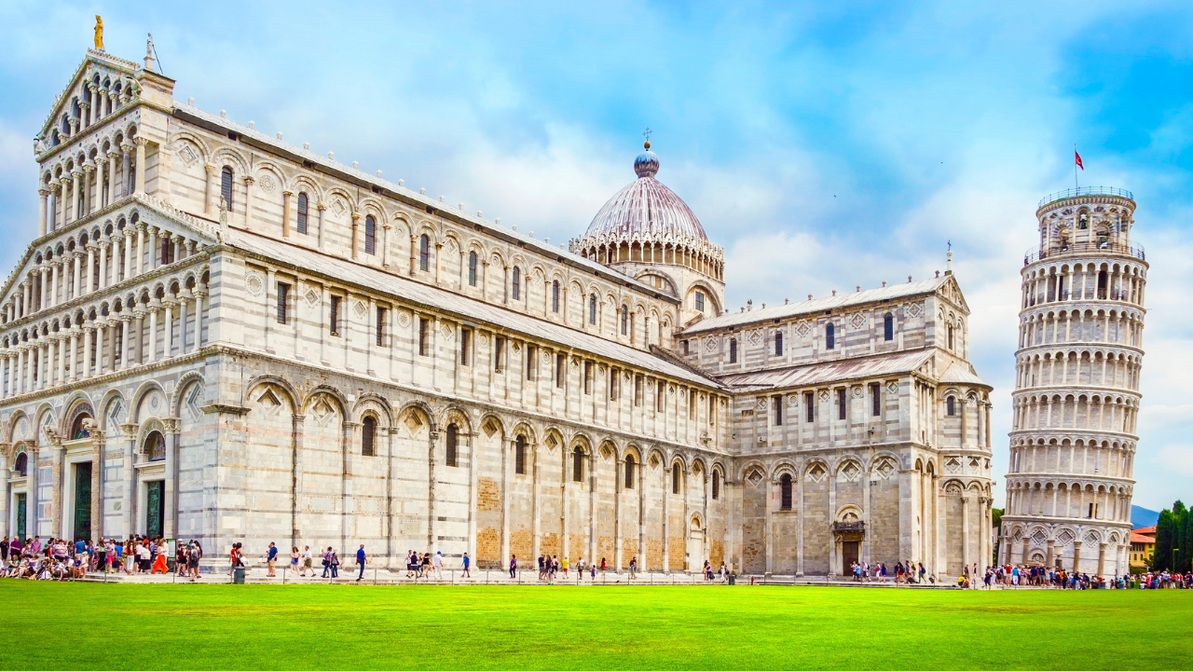Epic Fails: Three Building Projects Famous for Being Failures
In the ever-evolving world of architecture and construction, remarkable feats of engineering and design have shaped our modern cities. However, the process is not without its fair share of challenges, and sometimes, even the most experienced professionals make colossal mistakes. In this article, we explore a few infamous examples of epic errors made during the construction of commercial buildings, highlighting the lessons learned and the enduring legacies of these blunders.
The Leaning Tower of Pisa, Italy:
While it may be a tourist attraction today, the Leaning Tower of Pisa initially started as a humble bell tower for the nearby cathedral. Construction on this iconic structure began in 1173 but was halted several times due to political conflicts and a lack of resources. The soft ground on which the tower was built led to a faulty foundation, causing the structure to lean dramatically. Despite various attempts to stabilize the tower over the centuries, the tower continues to tilt. What was an unintended error became a symbol of architectural marvel and human ingenuity.
Lessons Learned: The importance of solid foundations, soil analysis, and ongoing monitoring during construction cannot be underestimated. Ensuring proper engineering and materials are used, particularly in challenging conditions, is vital to prevent such significant flaws.
Millennium Tower, San Francisco, USA:
While the Millennium Tower, completed in 2009, was envisioned as a luxurious residential complex in the heart of San Francisco, it has become infamous for its unintended subsidence issue. As the soil underneath the building compresses, the tower has sunk over 18 inches and continues to do so. Additionally, it has tilted several inches, creating concerns among residents and authorities. The issue was attributed to the use of inadequate foundation techniques and the absence of support piles reaching the bedrock.
Lessons Learned: Thorough geotechnical surveys and proper foundation designs are crucial to prevent long-term structural issues. Understanding the nature and behavior of soil is essential for constructing tall buildings in areas prone to subsidence.
Ryugyong Hotel, Pyongyang, North Korea:
The Ryugyong Hotel in the heart of North Korea's capital city boasts an impressive exterior but hides a tale of failure and abandonment. Construction on this mammoth 105-floor pyramid-shaped hotel began in 1987, with an extravagant vision to be the world's tallest hotel. However, economic and political crises halted the project, leaving it as an unfinished eyesore for nearly three decades. The building was finally completed in 2011 but remains largely unoccupied.
Lessons Learned: Managing a construction project's financing and political stability is critical to avoid costly delays and prevent potential abandonment. Large-scale projects should be planned considering long-term feasibility and flexibility to adapt to changing circumstances.
Commercial building construction is a complex and challenging endeavor that requires meticulous planning, design, and execution. These examples illustrate that even seemingly invincible projects can succumb to significant errors. Learning from mistakes can help architects and constructors prevent similar mishaps in the future, ensuring that our cities are built with structural integrity and longevity in mind.
Recent Posts
-
Why Scaffolding Continues to Rank Among OSHA’s Top Violations
Scaffolding has consistently landed on OSHA’s Top 10 Most Frequently Cited Violations list for at le …Dec 23rd 2025 -
Scaffolding Rental vs. Turnkey Scaffolding Services: What Contractors Should Know Before Deciding
When you’re planning a project that requires scaffolding, one of the first decisions you’ll face is …Dec 19th 2025 -
Why Hiring a Professional Scaffolding Company Matters
Scaffolding is one of those things that people often underestimate—until something goes wrong. On pa …Dec 17th 2025




